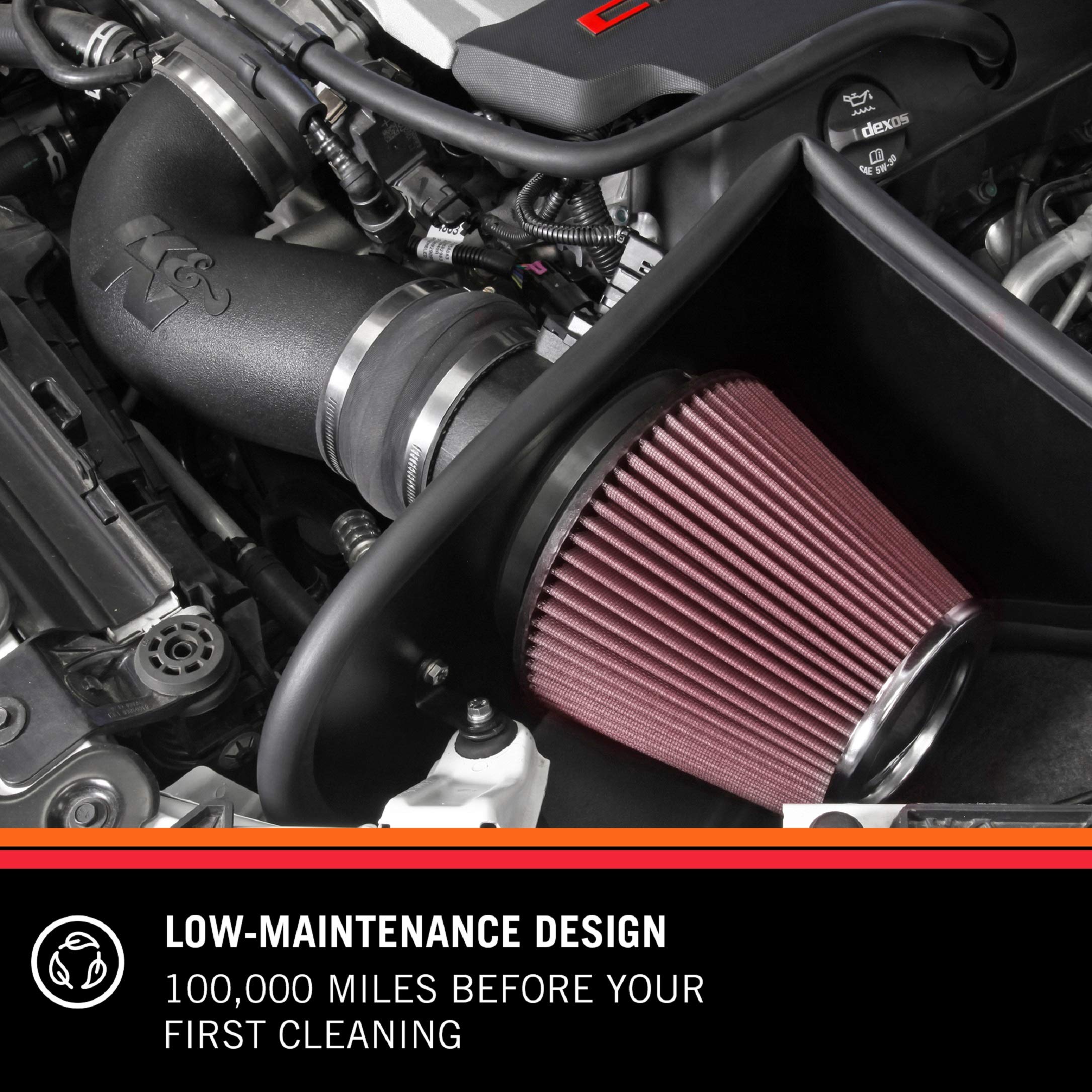The intake manifold serves as a crucial component in an engine’s performance, effectively functioning as a conduit for air and fuel to reach the cylinders. Among the myriad options available to automotive enthusiasts and engineers, the single plane and dual plane intake manifolds stand out due to their distinct performance attributes. This discourse delves deeper into both types, illuminating their differences, advantages, and ideal applications.
At its core, the distinction between single plane and dual plane intake manifolds boils down to design philosophy. The single plane manifold boasts a straightforward design where all runners (the individual passages that channel air and fuel to the cylinders) reside in a single plane. This layout often leads to enhanced high-RPM performance. Conversely, dual plane manifolds feature a more intricate design that splits the airflow into two separate planes, optimizing the low to mid-range RPM performance. This difference in construction ultimately influences the engine’s power band and response to throttle inputs.
One common observation in the automotive community is that single plane manifolds are perceived as the go-to choice for racing applications. This perspective is rooted in the manifold’s ability to support larger volumes of air at elevated engine speeds, contributing to a more potent power output. However, this fascination with single plane options often overshadows the significant advantages offered by dual plane designs, especially for street-driven vehicles. The deeper reasons behind this divide stem from the specific performance needs that vary across applications, driving different enthusiasts toward one option over the other.
Understanding the fundamental design elements of these two intake types can shed light on their respective performance differences. A single plane intake manifold, with its unifying chamber, reduces the distance air must travel, thereby lessening the potential for turbulence. This characteristic permits high airflow volume, which becomes increasingly advantageous as RPMs rise. Consequently, performance vehicles or those built for track conditions benefit markedly, as they require peak horsepower to shine on the circuit.
On the flip side, dual plane intake manifolds create more turbulence while promoting a more thorough mixing of air and fuel. This phenomenon is attributed to their compact runners, which enhance manifold vacuum at lower RPMs. As a result, these manifolds become increasingly desirable for applications prioritizing everyday drivability, allowing for improved throttle responsiveness and torque output in typical driving situations.
The operational characteristics of each manifold also hinge upon engine design. Engines with a greater displacement or those configured with higher compression ratios frequently benefit from the high-RPM potential of a single plane manifold. An engine in this setup can leverage the additional airflow capabilities to extract maximum power, particularly advantageous during high-speed runs. Enthusiasts often find themselves enchanted by the exhilarating performance of such setups, as the roar of unrestrained horsepower is hard to resist.
However, one must not overlook the practical implications of engine tuning. An engine that operates predominantly in the lower RPM range—a characteristic of many commuter vehicles—will not revere the advantages of a single plane setup as much. Dual plane manifolds, equipped with their finer construction, achieve a perfect blend of air and fuel, facilitating optimal torque delivery and snappy acceleration even at lower speeds. For many drivers, the nuanced driveability provided by these manifolds translates into an enhanced everyday experience behind the wheel.
It’s also noteworthy to discuss how manifold designs affect fuel economy. While a racing-type setup may tantalize with raw power, it can sometimes force drivers to compromise on fuel efficiency, particularly in city driving scenarios. The dual plane manifold’s ability to regulate airflow and enhance combustion leads to a more economical fuel burn, proving advantageous during routine commuting. Here lies the irony: in the race for performance, some may inadvertently overlook efficiency, a consideration that plays a pivotal role in the modern automobile landscape.
Addressing another critical aspect, the installation and compatibility of intake manifolds warrant consideration. Single plane manifolds are generally more straightforward to install on performance engines designed for high airflow. However, their conversion from a dual plane setup can sometimes require additional modifications in order to accommodate the higher intake requirements. Conversely, dual plane manifolds often retain compatibility with existing carburetion systems, easing transitions for those seeking improved performance without extensive overhauls.
In conclusion, while single plane and dual plane intake manifolds are often framed in the context of a binary choice, the reality is far more nuanced. Each design offers unique advantages contingent upon the specific demands of an engine and the driving environment. Automotive enthusiasts are drawn to the intoxicating allure of high horsepower, while everyday drivers often find solace in the efficiency and smooth delivery of torque that dual plane manifolds provide. Understanding these dynamics can help in making informed decisions that align with performance aspirations and functional needs alike. Whether seeking exhilarating track days or the day-to-day grind of city driving, the scope and scale of intake manifold options cater to a diverse array of preferences and requirements.
